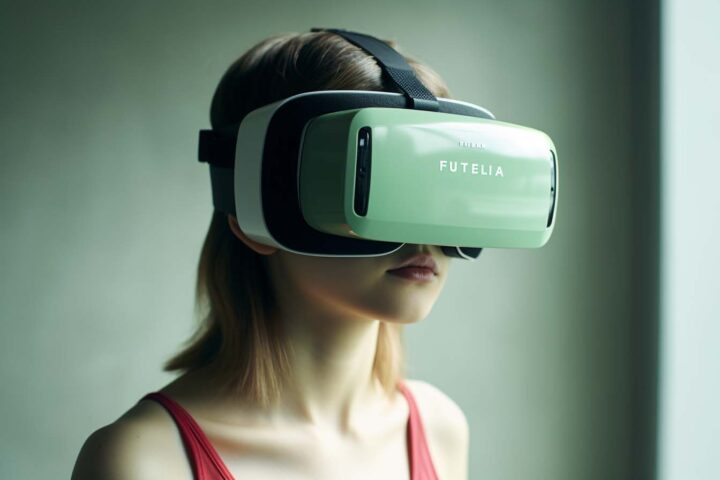Dive into the history and milestones that have shaped the medical technology landscape. Learn how we’ve transitioned from simple tools to advanced machinery.
The Beginnings: A Glimpse of Early Medical Technology
Medical technology has come a long way since its inception. In the early days, medical tools were rudimentary at best. Physicians relied on basic instruments such as scalpels, forceps, and leeches to perform surgeries and treat ailments. These tools, although effective to some extent, lacked the precision and efficiency that modern medicine demands. However, it was during these humble beginnings that the seeds of innovation were sown, paving the way for the remarkable advancements that we witness today.
The Revolutionary X-ray Technology
One of the most significant breakthroughs in medical technology came with the discovery of X-rays. Wilhelm Conrad Roentgen, a German physicist, accidentally stumbled upon this incredible phenomenon in 1895 while experimenting with cathode rays. This discovery opened up new possibilities in the field of diagnostics, allowing physicians to visualize internal structures of the human body without resorting to invasive procedures. X-rays quickly became an indispensable tool in diagnosing fractures, tumors, and other hidden abnormalities.
Turning Point: The Birth of Artificial Organs
The development of artificial organs marked a turning point in medical technology. Gone were the days when patients had to rely solely on transplants from compatible donors. Scientists and engineers began to explore ways to create synthetic organs that could mimic the functions of their natural counterparts. The advent of technologies like 3D printing and tissue engineering brought about a revolution in this field. Today, patients with failing organs can receive life-saving artificial replacements, vastly improving their quality of life.
The Rise of Robotics in Surgery
Robotic surgery has emerged as a game-changer in the medical field. With the introduction of robotic-assisted procedures, surgeons can now perform complex surgeries with enhanced precision and minimal invasiveness. The da Vinci Surgical System, one of the most noteworthy innovations, allows surgeons to control robotic arms with utmost accuracy, reducing the risk of complications and facilitating faster recovery for patients. This cutting-edge technology has revolutionized various surgical specialties, including urology, gynecology, and cardiothoracic surgery.
Artificial Intelligence: Transforming Diagnostics and Treatment
Artificial intelligence (AI) has transformed the landscape of medical technology in recent years. Machine learning algorithms have the ability to analyze vast amounts of medical data in real-time, enabling accurate diagnosis and personalized treatment plans. AI-powered platforms assist radiologists in identifying subtle abnormalities on medical images, improving overall diagnostic accuracy. Moreover, AI-driven robotic systems have the potential to automate repetitive tasks and assist healthcare professionals in delivering more efficient and precise care.
The Future Beckons: Wearable Devices and Telemedicine
As we gaze into the future, wearable devices and telemedicine emerge as key players in the evolution of medical technology. Wearable health monitors equipped with sensors can track vital signs, detect abnormalities, and provide continuous health monitoring outside of traditional healthcare settings. Telemedicine, on the other hand, allows patients to consult with healthcare professionals remotely, breaking down geographical barriers and increasing access to healthcare. These technological advancements promise to revolutionize the way we perceive and practice medicine, opening up new frontiers for improved patient care and outcomes.
Embracing a Brighter Tomorrow
The evolution of medical technology has undeniably shaped the healthcare landscape, transforming the diagnosis, treatment, and management of diseases. From humble beginnings to unimaginable innovations, we have journeyed through an era of remarkable progress. As technology continues to advance at an unprecedented pace, it is essential for healthcare professionals to stay updated, embrace these advancements, and utilize them alongside their expertise. With the promise of improved patient outcomes and a brighter, healthier tomorrow, the future of medical technology is indeed awe-inspiring.







